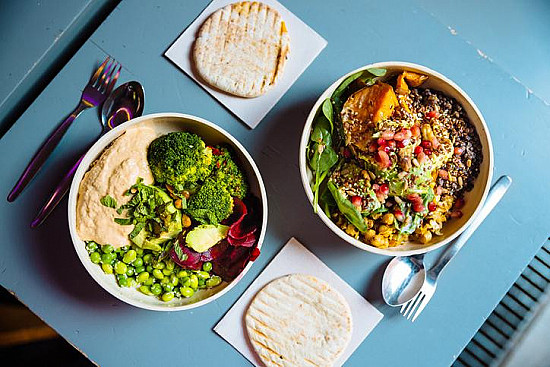Seed of the month: Quinoa

Although quinoa (pronounced KEEN-wah) is officially classified as a seed, most people think of it as a whole grain. Quinoa is usually boiled and eaten as a side dish or added to salads or soups. The small seeds come in a variety of colors, including white, yellow, red, and black.
Native to South America, quinoa became popular in this country over the past decade and is widely available in grocery stores, either packaged or in bulk bins. Quinoa's impressive nutrient profile has earned it a reputation as a "superfood." Unlike most plant proteins, quinoa is a complete protein, which means it contains all nine essential amino acids — the protein components that our bodies are unable to make on their own.
A cup of cooked quinoa provides about eight grams of protein and five grams of fiber; it's also a good source of minerals such as manganese, phosphorus, and copper. It's a good option for getting more plant-based protein into your diet, which is widely recommended for reducing heart disease risk.
Quinoa seeds are coated with saponins, which are naturally occurring bitter compounds that acts as natural pesticides. Packaged quinoa is usually pre-rinsed to remove saponins; however, most recipes advise people to rinse their quinoa (using a fine-mesh strainer) before cooking. But some cooks prefer the earthier, nuttier flavor of unrinsed quinoa.
Image: © Karisssa/Getty Images
Disclaimer:
As a service to our readers, Harvard Health Publishing provides access to our library of archived content. Please note the date of last review or update on all articles.
No content on this site, regardless of date, should ever be used as a substitute for direct medical advice from your doctor or other qualified clinician.















